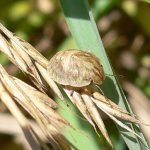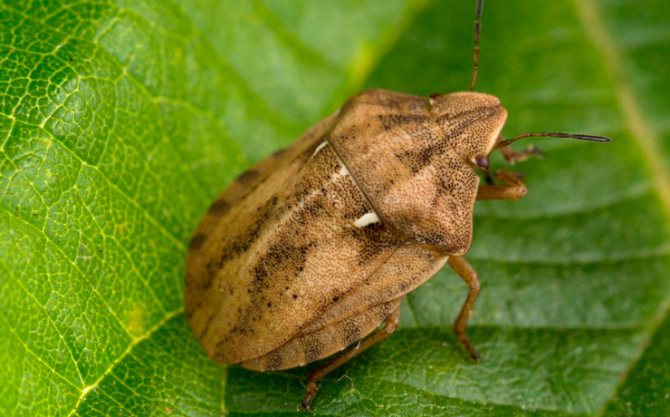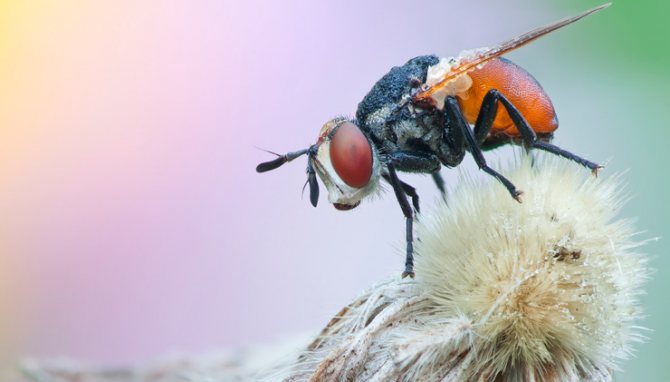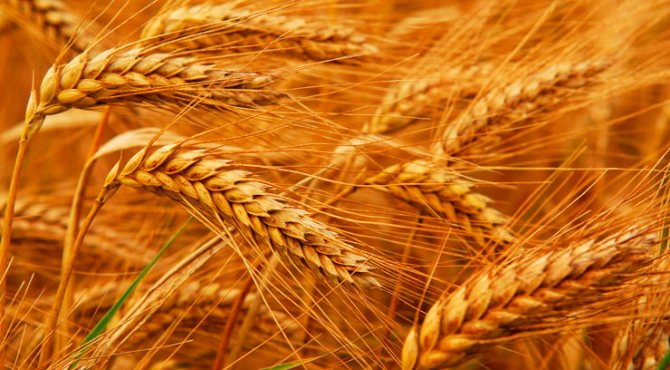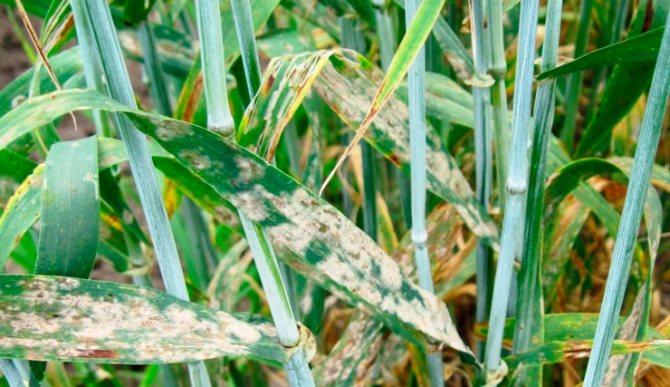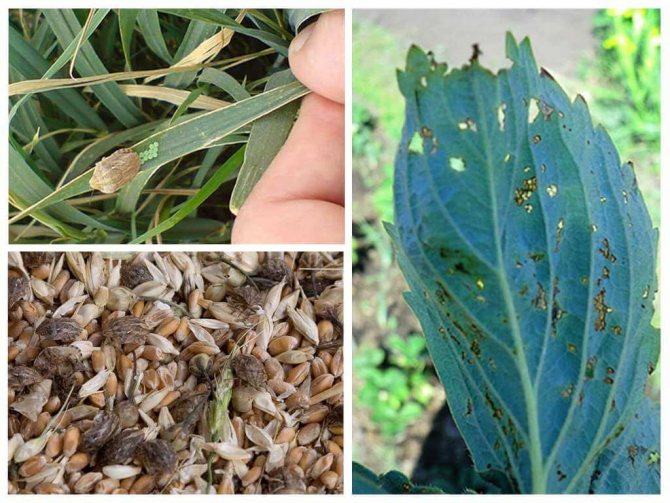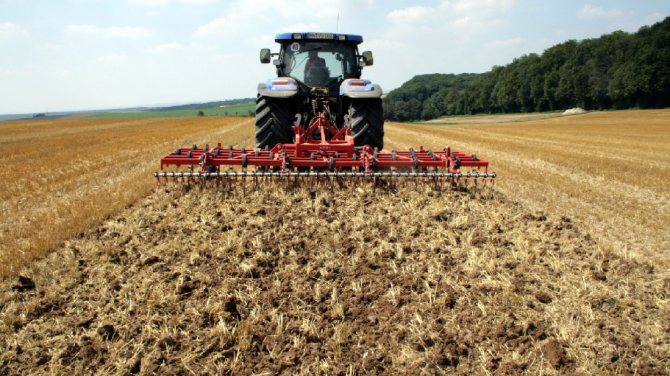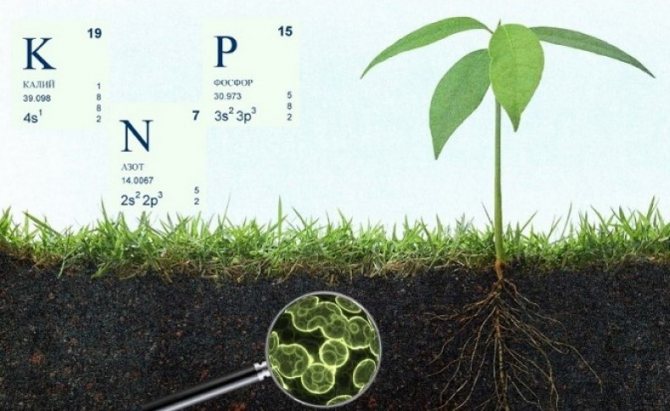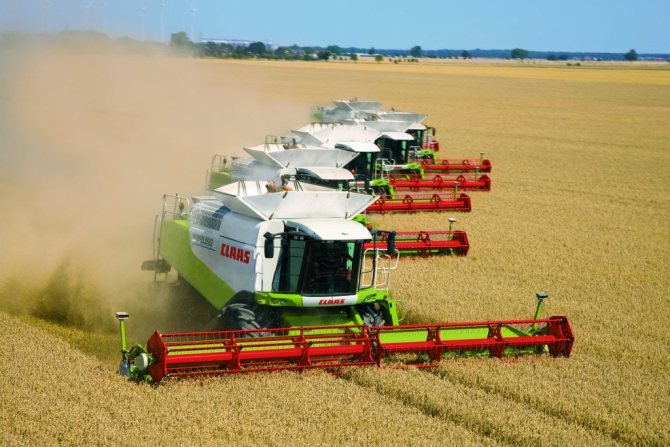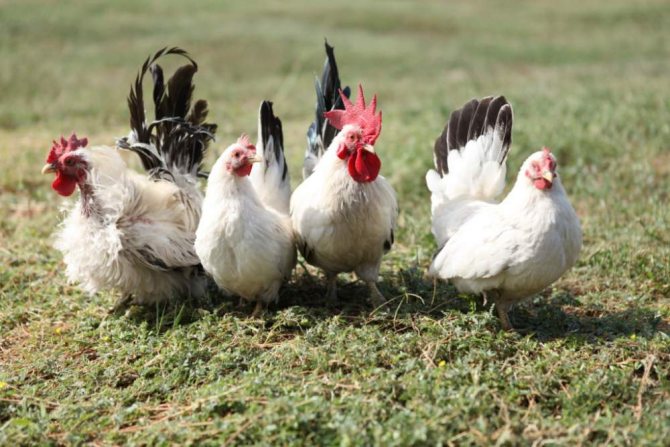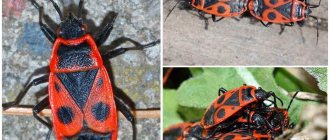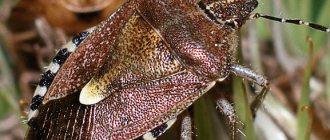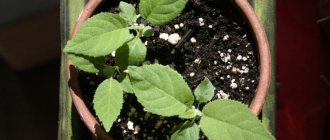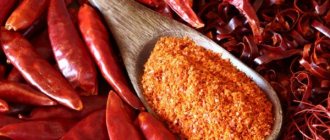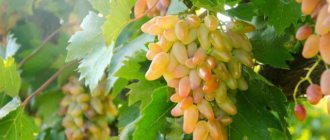Almost all types of bedbugs that live on our planet are parasites. Many species parasitize animals and prefer blood, but some feed on the sap of young plants. The turtle bug is not a bloodthirsty species, but it is the worst enemy of man and causes colossal harm to his activities. Cereals are most susceptible to the influence of bedbugs, and if effective measures are not taken in time to protect the crop, then the economic damage will be tangible.
Who is a bug - a harmful turtle?
The pest turtle is a type of bugbug in the family of bugbugs, more commonly known as the corn beetle. Why this insect was called a turtle, it becomes immediately clear after you can look at its appearance. A dense, covering the bug's body from all sides, the shell, like a helmet, reliably protects the insect from the outside world.
The next definition of "harmful" for this insect appeared due to its parasitic lifestyle. The insect is not a predator, however, it very much loves to feed on cultivated grains, the cultivation of which is given to a person with such difficulty. The turtle bug is one of the main pests of crops, especially wheat, barley and oats. No other insect, microorganism, fungus or animal is capable of causing as much damage to crops as the turtle bug.
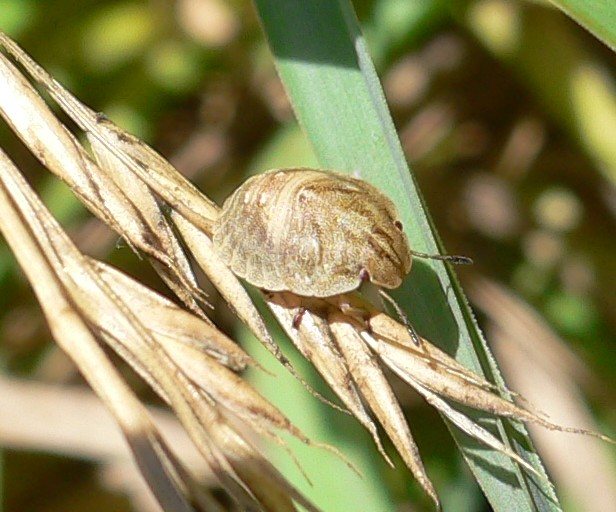
The parasite lives mainly in regions with high average annual temperatures. The bug is a native insect to a large part of northern Africa, the Balkans, West and Central Asia. In our country, it can also be found in the Central region, the Volga basin, in the North Caucasus, in the Chelyabinsk region, Krasnodar Territory and Bashkortostan.
The color of the turtle's shield is variable, but usually light brown. The body is wide, oval, about 12 millimeters long. The chitinous scutellum is wide and covers the wings, including the entire abdomen.
The insect lives for about a month, during which the females lay a different number of eggs, but always a multiple of seven - from 28 to 42. They are laid in packages consisting of several neat rows of seven eggs, on the underside of the leaves, on the stems of the host plant, and sometimes on weeds. The eggs of the pest take from six to twenty-eight days for a hatch to form at their pole from which a young individual - a nymph - will hatch.


Pest bug nymph
Turtle nymphs molt five times, feeding mainly on leaves, stems and unripe grains of crops over the next 20-45 days. Nymphs grow rapidly at air temperatures of 20-24 ° C. The second and third stages of larvae have a pale belly, dark head and chest. The fourth age stage has the rudiments of the front wings, and the fifth stage has the rudiments of the hind wings.
The appearance of bedbugs
The adult is harmless enough and has a pleasant appearance:
- Flat oval body;
- Length from 10 to 13 millimeters;
- The upper part of the body is covered with a dense shell, on which points and lines are present;
- Coloring from gray to brown;
- Pronotum with rounded margins 1.5 times as large as head.
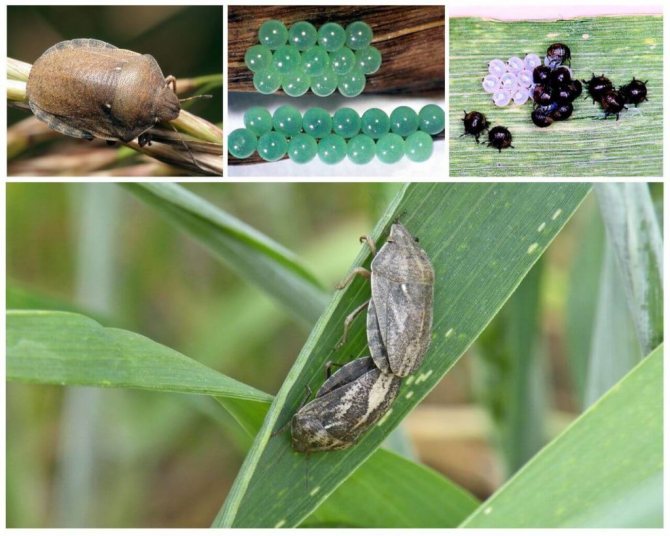

How does the bug turtle live?
Adult insects mostly hibernate in fallen leaves in forests, but some find refuge among the rough vegetation of open areas.When the temperature rises to 13 ° C in the spring, bugs begin to search for crops. After a successful search, the bug feeds on a harmful turtle on stems, leaves and grains, if the latter have already appeared. Young age stages of pests are most voracious. Nymphs, in fact, eat one plant after another, and if no attempts are made to fight, most of the harvest may not survive until harvest.
Turtle bugs are capable of producing only one generation per year, and adult insects hatch mainly in early spring, immediately fertilize and die after laying eggs after a while. As a result of such characteristics of the life cycle, the harvest is attacked mainly by young nymphs, which do the most harm.
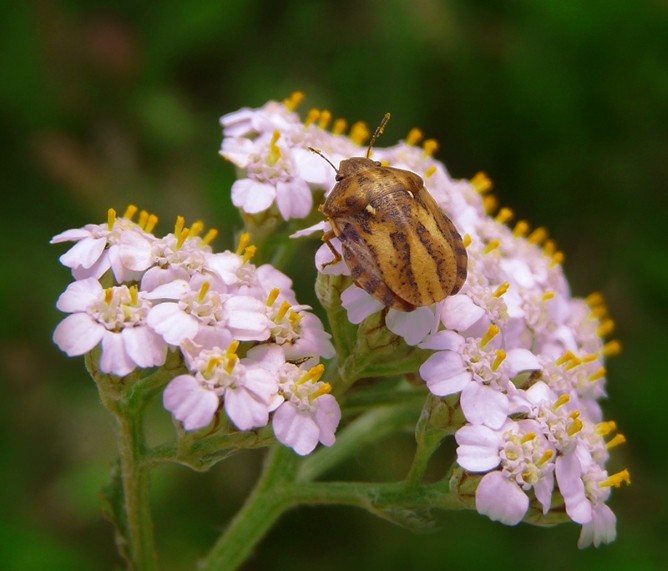

How to get rid of
Preventive measures will prevent damage to crops by a harmful turtle:
- cultivation of varieties resistant to parasitic infection;
- the use of potash and phosphorus fertilizers;
- regular removal of weeds;
- the device of a forest belt near the field to attract birds, spiders and other enemies of the bug;
- timely harvest.
To combat the enemy of cereals, chemicals are used. In spring, processing will be required if the number of bedbugs that have survived the winter exceeds 2 individuals per 1 m² of planting.
Reference. The second treatment of crops is carried out during the appearance of the larvae.
If the bug turtle is wound up on wheat and other crops, then among the effective chemicals to combat the harmful turtle are used:
- Aktar;
- Karate-Zeon;
- Fastok.
The use of these chemicals will get rid of not only bed bugs, but also other insect pests.
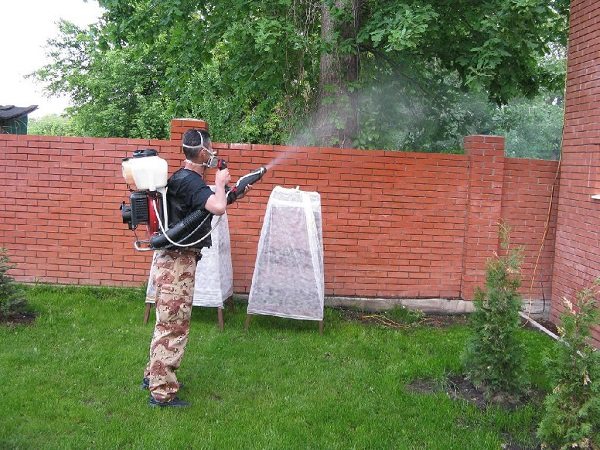

Important. The harmful turtle has the ability to develop immunity to poison. Therefore, different insecticides are used to obtain the best effect.
Spraying is carried out in compliance with precautions, strictly following the instructions for the drug.
The fight against the bug with a turtle is carried out using folk methods:
- spraying the plants with a solution of mustard powder (dilute 100 g in ½ l of hot water, add another 9.5 l);
- treatment of affected areas with bedbugs with onion peel decoction (200 g per 10 l), infused for 3-5 days.
- the use of a decoction of cloves, wormwood, hot pepper tincture.
- planting a plant around the perimeter of a garden or field that scares off a harmful turtle - a black cohosh plant.
On garden and horticultural crops, the parasite is rare. Its appearance in small quantities on tomatoes, cucumbers, raspberries will not harm the crop. If the plants on which the harmful turtle was noticed begin to wither sharply, it will be necessary to urgently take control measures: biological, chemical, folk, agrotechnical.
Bug bug on wheat
Of the fifteen million hectares in the regions of western and central Asia most affected by bug attacks, turtles lose about 15% of the harvest by the time of harvest. This is quite a lot, considering that drought rarely occurs in these areas.
The number of pests varies enormously from year to year, however, it has been observed that a significant attack of turtles occurs approximately once every seven years, resulting in potential crop losses calculated in the tens of millions of dollars. If we consider individual varieties, then the loss of wheat grain yield is estimated at 50-90%, and barley at 20-30%.
In addition, the bug the turtle eats all living things on the wheat stalk, then in the process of its life it releases specific proteolytic and amylolytic enzymes, which in wheat cause the destruction of gluten. For those who are not in the know, it is gluten that determines the quality of wheat flour, which means its cost and taste of the finished product.
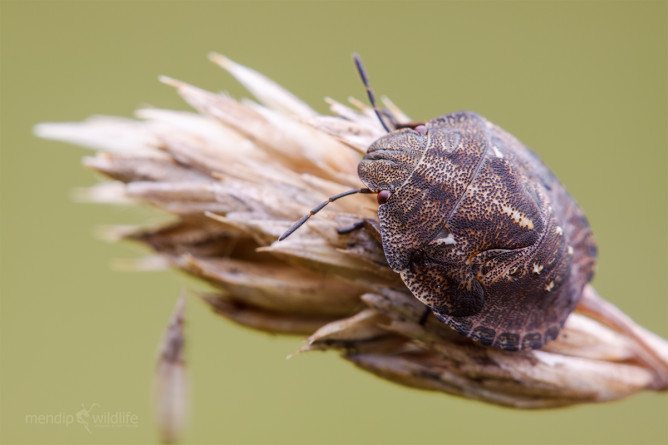

What eats
The insect can cause huge losses to agriculture and farming.In spring, the larvae feed on young stems, leaves and grains of crops. Winter crops are harmed the most.
Favorite delicacies are:
- young wheat
- corn
- barley
- oats
But the bug is mainly parasitized by the turtle on wheat. After a detachment of beetle turtles in large numbers settle in wheat fields, the grain completely loses its marketable picture and quality indicators.
In order to stock up on the necessary fats for the winter, the parasite must eat a lot. To do this, he sucks milk from young stems, leaves and grains of cereals. Damaged crops can be identified by some signs:
- infected plants grow slowly;
- the stems turn white;
- small dots from bite appear on the grains.
Damaged crops do not have time to ripen on time. Grain bitten by harmful turtles becomes unsuitable for consumption. The flour comes out of very low quality, gray in color.
If you do not fight these parasites, they can damage and destroy entire hectares of grain crops, causing tremendous damage to agriculture.
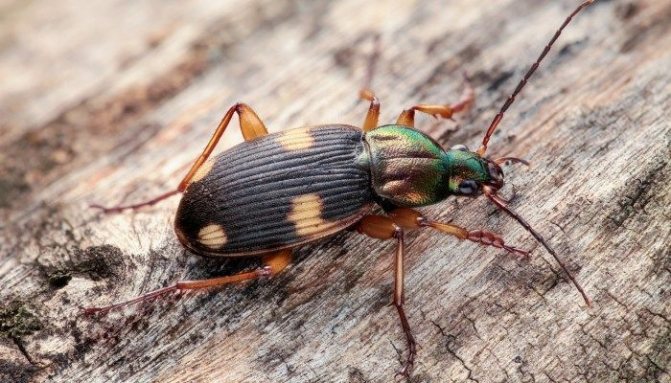

Fighting the bug with the turtle
Traditional control methods include early fertilization on winter crops as well as early sowing of spring crops. The choice of varieties that are resistant to the pest and those that ripen before the bug goes into hibernation is of great importance. This approach is practiced very often, since from the moment the pest is deprived of food and the onset of the first cold weather, there is still time during which the turtle dies of hunger. As a result, the bedbug population for the next year is markedly reduced.
Of the more global methods of control, they use autumn plowing, the spread of plant residues with insecticides, but such options are used only when the number of pests rises to economically destructive levels.
Scientists from many countries around the world are working on the problem of eradication of the turtle bug in industrial crop production. For this purpose, various microorganisms are considered that infect the pest, as well as molds, which also adversely affect the life of the turtle, damaging their eggs.
Insect breeding
Mating of insects begins 8-10 days after waking up from hibernation. The female lays eggs on the inside of leaves, stalks of cereals, in some cases even on clods of earth.
One oviposition contains no more than 11-15 eggs. The rest remain in the female's abdomen and she will use them up as needed. Under favorable conditions, the duration of oviposition is 22-25 days; in case of a cold snap, this phase increases to 35-40 days.
The harmful turtle has only one offspring per season. Throughout her life, the female of the harmful turtle lays at least 250-350 eggs. This amount can be more or less depending on the amount of food available.
And who is a useful bug?
Many people, thanks to the rationality and logic of human thinking, have the opinion that if there is a bug, a harmful turtle, then there must be a bug, a useful turtle.
In fact, this is a complete fiction, such a species as a useful turtle does not exist in entomology at all.
Those sources that expose pictures of various herbivorous bugs as a "useful" turtle, attributing certain useful properties to them, simply mislead their readers.
Natural enemies
The harmful turtle's natural enemies include:
- predatory beetles;
- spiders;
- ants;
- birds.
Other enemies of the bug:
- The greatest danger to the bug is the tahina fly, called the golden phasia, and the Telenomus egg-eater.
- Telenomusu makes a clutch in the turtle's egg, from which the larvae subsequently appear.They eat the contents of the egg, leaving an empty shell.
- Contact with the gray phasia fly is also fatal to the bug. She lays eggs on the body of a harmful turtle. The larvae that appear make their way inside the pest, weakening it and depriving it of the ability to reproduce.
- In the wintering place, bugs suffer from ground beetles and rove beetles. The species is also at risk of being attacked by forest ants.
The harmful turtle is the most dangerous pest of cereal crops, causing significant damage to the agricultural industry. Taking preventive measures can prevent the problem. If the infection has occurred, it is required to immediately process the crops with preparations with insecticidal properties.
Harmfulness
The insect causes serious harm to cereals throughout the growing season. By sucking the juices, the pest destroys plants in the tillering phase, preventing them from developing normally. At different stages, 4 types of damage are visually visible:
- empty and defective grains;
- drying of the central stem in young plants;
- whitening of crops (white hair);
- deformation of the stem.
When the turtle bites the leaves with its mandibles and sucks out the juice, it injects its saliva into the plant, which contains a specific enzyme that allows it to process and break down carbohydrates.
For reference! Favorite insect delicacy - spring wheat... She also suffers the most, and at all stages of development.
The bug is extremely gluttonous. If you take 4-5 individuals of a harmful turtle and place them on 1 square. m of crops, then in a few days it will destroy almost half of the cereal crops. The same can be said about the larvae, which prefer the juices of the central stems. The latter dry up and the flowers do not form as a result.
But the pest brings critical damage at the moment of milk maturity of the ear. Individuals in both the adult stage and the larvae bite through the grains and suck out the contents. Further, they are already unsuitable for cultivation.
Such grains have an extremely negative effect on the quality of flour. The enzymes contained in the salivary glands of the harmful turtle destroy the sticky properties of the product and the dough turns out to be loose, as well as unsuitable for use. Only 3% of spoiled grains in the total mass can radically deteriorate the quality of flour.
For reference! It is very difficult to identify spoiled flour. While it is in a dry consistency, the enzymes do not manifest themselves in any way, but with the addition of water, the process of breaking down proteins occurs, and gluten almost completely loses its beneficial properties.
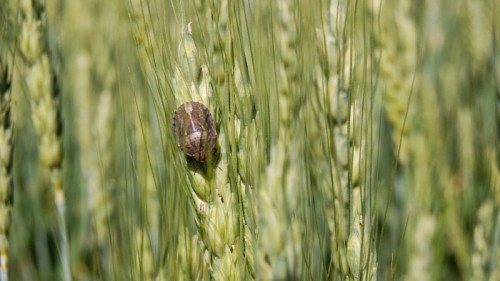

Excerpt from the Shield Turtles
Pierre explained his intention to participate in the battle and inspect the position. - Here's how to do it, - said Boris. - Je vous ferai les honneurs du camp. [I will treat you to the camp.] Best of all, you will see everything from where Count Bennigsen will be. I'm with him. I'll report it to him. And if you want to bypass the position, then come with us: we are now going to the left flank. And then we will return, and you are welcome to spend the night, and we will make a party. You know Dmitry Sergeich, right? He is standing here, - he indicated the third house in Gorki. “But I would like to see the right flank; they say he is very strong, ”said Pierre. - I would like to drive from the Moscow river and the whole position. - Well, after that you can, and the main one is the left flank ... - Yes, yes. And where is Prince Bolkonsky's regiment, can you tell me? Pierre asked. - Andrey Nikolaevich? we will pass by, I will take you to him. - What about the left flank? Pierre asked. - To tell you the truth, entre nous, [between us,] our left flank, God knows what position, - said Boris, trustingly lowering his voice, - Count Bennigsen had not assumed that at all. He intended to fortify that mound over there, not at all ... but, - Boris shrugged his shoulders. - His Serene Highness did not want to, or they told him. After all ... - And Boris did not finish, because at that time Kaisarov, Kutuzov's adjutant, approached Pierre.- BUT! Paisy Sergeich, - said Boris, turning to Kaisarov with a free smile, - And here I am trying to explain the position to the Count. It’s amazing how His Serene Highness could have guessed the intentions of the French so correctly! - You mean the left flank? - said Kaisarov. - Yes yes exactly. Our left flank is now very, very strong. Despite the fact that Kutuzov drove out all the superfluous from the headquarters, Boris, after the changes made by Kutuzov, managed to stay at the headquarters. Boris joined Count Bennigsen. Count Bennigsen, like all the people with whom Boris was, considered the young Prince Drubetskoy an invaluable person.
Larva
The larva emerges from the egg at about day 12 and develops from 20 days to two months, passing through five stages of development. The growth rate is highly dependent on the environment. Low humidity, frequent precipitation and low temperature contribute to the massive death of the insect.
There are also external biological factors that affect the development of bedbug colonies. For example, the telenomus egg-eater drops its eggs into the clutch of a harmful turtle. The hatched parasites completely eat away the young growth of the bug, leaving behind one hollow shell.
Another serious the turtle's enemy is the phasia fly... She lays offspring directly into the body of the bug, which causes at least a delay in the development of the larvae, and as a maximum - their death. Among other insects dangerous for the turtle, forest ants and ground beetles can also be distinguished.
Golden turtles lifestyle
It is worth noting that these leaf beetles are very cautious, although slow. In dangerous situations, they immediately fall to the ground and are instantly lost in the grass. The larvae of these beetles are also perfectly camouflaged.
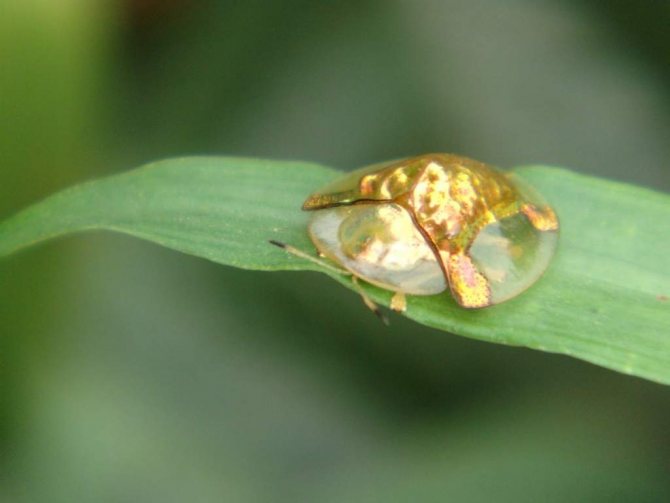

The metamorphosis and reproduction of beetles occurs in warm weather, and for the winter they are already adults.
The lifestyle of golden turtles beetles is associated with the bindweed plant, the leaves of which they feed on, even in autumn, when the leaves are already dry, the beetles continue to eat them before hibernation.
Sometimes these beetles can fly, although they have an unusual structure, they have not lost the ability to fly. But they rarely use this skill.
In the summer heat, the tips of the bindweed leaves dry out a little and curl, because they lack moisture. These twisted tips are secluded shelters for leaf beetles, where larvae are laid. The larvae have a flattened shape and are securely attached to the surface of the leaves. Larvae, like adult golden turtles, live on bindweed leaves.
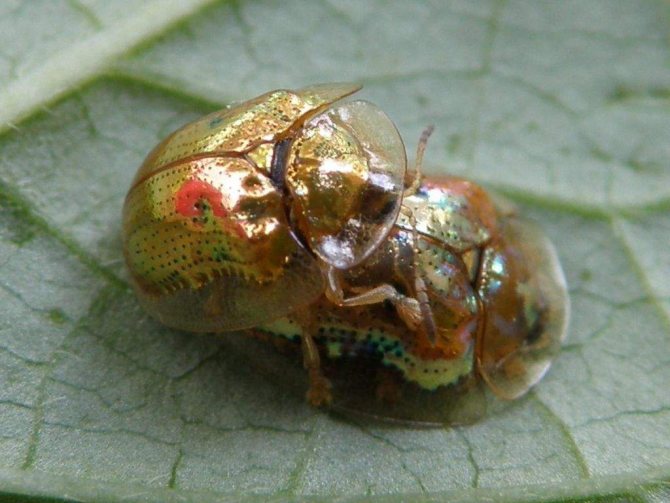

Adults prefer the upper layer of leaves, and the larvae prefer the lower one.
The body of the larva becomes narrower towards the rear. Two long bristles are located posteriorly, one bristle directed forward and the other directed upward. There are long yellow spines along the edges of the body. The general color of the body is yellow-green, which provides good camouflage.
In the pupal stage, the insect lasts 6-17 days. Throughout this time, the future adult beetle remains without food. As it ripens, the insect begins to gnaw through the leaves. Outwardly, it seems that the pupa is completely motionless, but in fact it slowly changes its position. But the speed of its movement is so minimal that it is almost imperceptible.
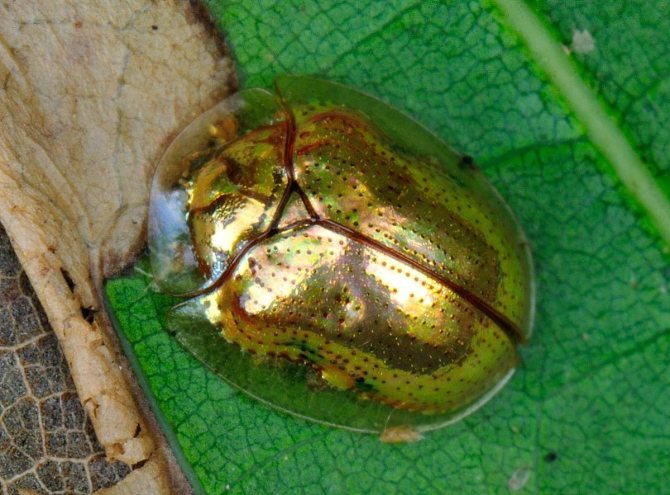

An adult golden turtle beetle gnawing at the edge of a leaf.
In the larvae of golden turtles, as in adult beetles, mandibles or mandibles are well developed. With their help, the larvae grind and gnaw food. Adults most often eat leaves at the edges, and the larvae prefer the middle, as it is more tender. Adult beetles of golden turtles differ from juveniles by the wider edges of the elytra and pronotum, which cover the head.
An amazing feature of this beetle is that when it sits on a plant, it can hide its paws and whiskers under itself, and they become completely invisible.
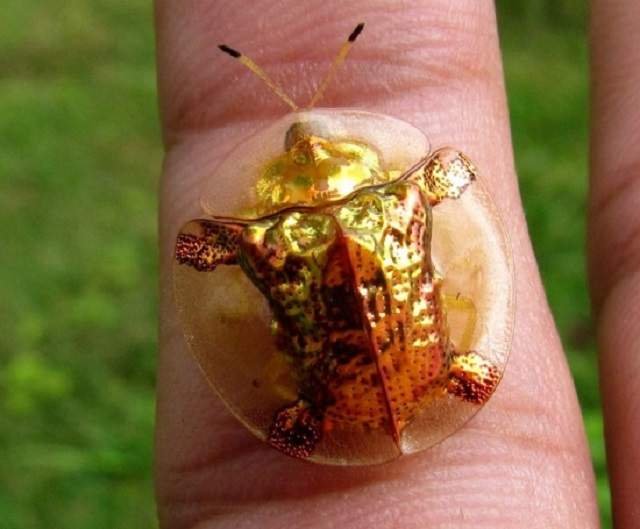

The golden turtle beetle is very popular with insect collectors.

